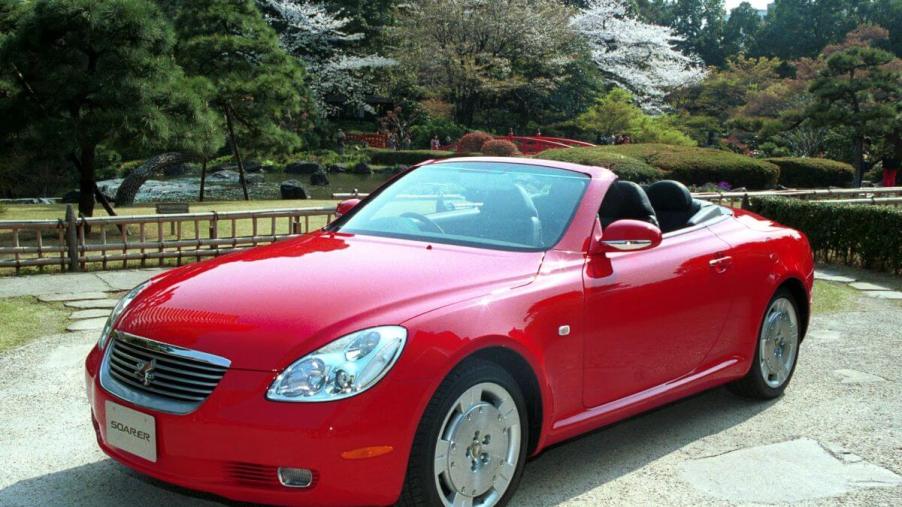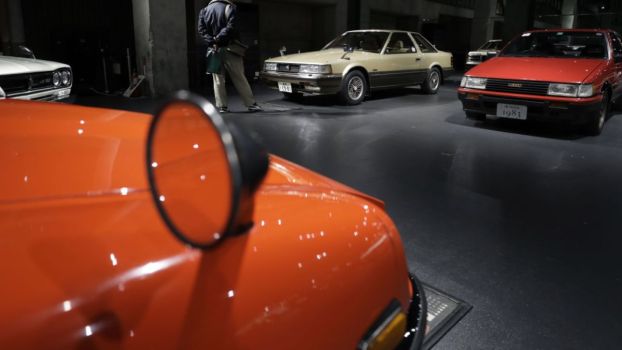
A Comprehensive Guide to the Toyota JZ Engine Series
Many different automotive parts stand in high regard for car fans. However, the engine might be the most important in the eyes of many. Additionally, as practically any gearhead will testify, the straight-six Toyota JZ series is one of, if not the most, iconic pairs of engines of all time. Of course, more people are familiar with the 2JZ series, but the 1JZ is also a force to be reckoned with. These engines have powered many people’s favorite cars and are still on the road today.
Here’s a comprehensive guide to the iconic Toyota JZ engine series.
The JZ series came after the Toyota M engine
Before the JZ engine series, there was the Toyota M engine. The automaker produced this engine from 1965 until 1988. These straight-six engines use a cast iron block, which means it’s a pretty durable option. As with almost any family of engines, there are several variants, including the M-P, M-E, and the M2. However, over time, Toyota started to move away from the M series in favor of its JZ series.
The Toyota JZ engine series started with the 1JZ, which the automaker started producing in 1990 and used all the way up until 2007. Regarding specs, this is a turbocharged 2.5-liter inline-six engine. It has a maximum output of 276 horsepower and 268 lb-ft of torque. Like the M Series of engines, the 1JZ uses a cast iron block.
There are quite a few notable cars that use the Toyota 1JZ engine. One of which is the Toyota Chaser, which only people in Japan could get. However, the car can be imported to the U.S. as of 2021. Another JDM car that used the JZ1 engine is the Toyota Brevis luxury sedan, which went on sale in 2001. You can also find the 1JZ engine in the Soarer, Mark II, Progress, and quite a few others.
Regarding reliability, the 1JZ is a highly trusted engine with few problems. This is one of the reasons the automaker left the M-series behind. However, no engine is perfect, and it does have a few issues that impact some units. One complaint about the 1JZ engine is that they aren’t as efficient as some would like. Of course, based on the timing, this complaint makes sense. Some also say that their 1JZ engine uses too much oil, but this is a case-by-case situation. Overall, this engine will last longer than it’s supposed to, and it’s still sought after today.
The variations for the engine are the 1JZ-GE, 1JZ-GTE, and the 1JZ-FSE.
The 2JZ engine added to the reputation of the Toyota JZ series
The Toyota 2JZ engine is one of the most iconic of all time. This is a popular engine option for gearheads not only because it’s durable but also because its size makes it easily customizable. Because of this, the 2JZ engine has powered some of the fastest and most powerful cars most people can think of. Like the M-series and the 1JZ, the engine uses a cast iron block. When first introduced, it had a maximum output of 230 horsepower and was produced from 1991 until 2007.
According to MotorTrend, the first car to use the 2JZ engine was the 1991 Toyota Aristo, which the automaker only sold in Japan. However, the Toyota Supra Turbo was the first U.S. car to use the iconic engine. Notably, the Supra is the most famous car that has it under its hood. Other Toyota vehicles with this straight-six engine are the Altezza, Crown, Majesta, and the Supra RZ.
Like the 1JZ, the 2JZ engine also has several variants. They are the 2JZ-GE, 2JZ-GTE, and the 2JZ-FSE.
What different engine codes mean
Most people have seen engine codes, but few know what they mean. This is especially the case regarding the straight-six Toyota JZ series. Engines that start with the number 2, such as the 2JZ, are the second generation. Also, engines with a G in the second part of their code mean it’s a performance wide-angle DOHC. Engine options with an E in the code, such as the 2JZ-GE inline-six, have a multi-point fuel injection system. Of course, a T in a code means the engine has a turbocharger.
The straight 1JZ engine and the 2JZ have quite a bit in common. Both are widespread Toyota powerhouses that use cast iron blocks. However, the 2JZ inline-six engine is the more iconic of the two because it’s both more durable, and there are more ways for people to customize it. This is why there are so many race cars that use the 2JZ. Overall, both are immensely important parts of automotive history and are still highly sought-after powerhouses.





